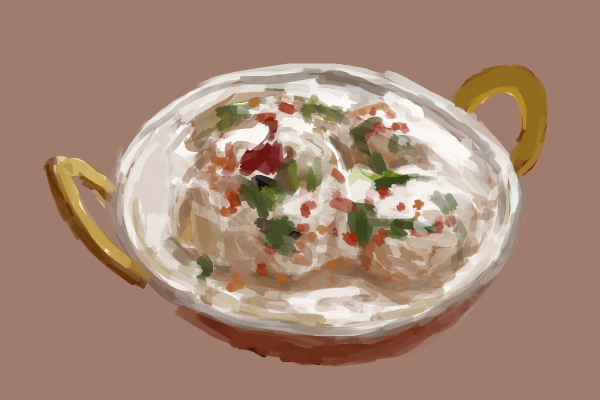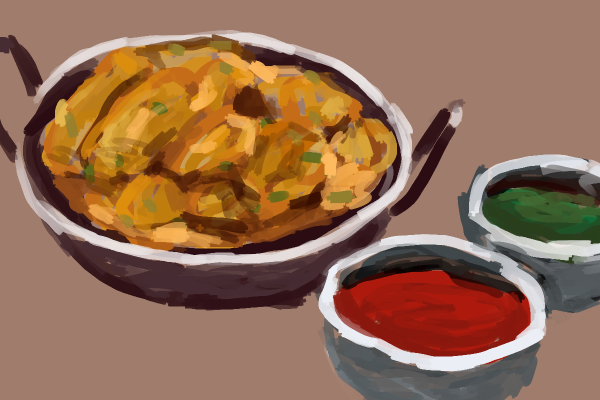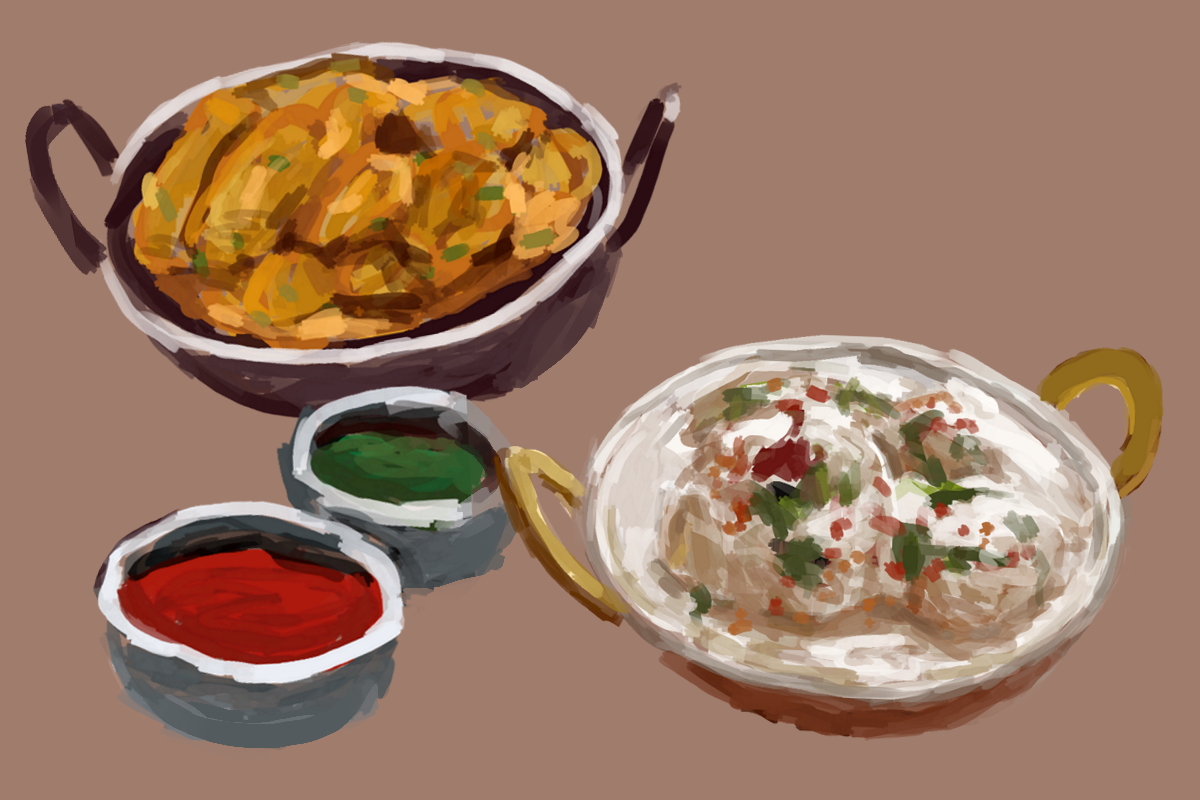We all have a favorite time of year we look forward to, whether it be a special holiday, a birthday, an anniversary — you name it. My favorite time of the year is Ramadan, the month-long period when Muslims consecutively fast from sunrise to sunset.
Ramadan is a time of spiritual fulfillment and new sustenance in your relationship with God, all while being surrounded by the love of your family and friends. It’s also a chance to learn new lessons, learn from mistakes and engage with the Five Pillars of Islam: shahada, believing in the oneness of God and faith; salah, the mandatory five prayers during the day; hajj, the Islamic pilgrimage to Mecca; zakat, charity to the poor; and sawm, which is the required fast.
Ever since I was little, I’ve seen my mom work tirelessly in the kitchen. She would even cook in the scorching New York City heat, all while keeping her “roza” — Urdu for fast. I would be her assistant and she would have me try many of her creations, eating straight from the palm of her hand.
At the beginning of Ramadan, she always makes a big batch of her crispy and fresh vegetable pakoras, which are vegetable fritters with Pakistani spices. This batch often lasts us a couple of days, eating it with a refreshing and cooling side dish. That’s when the dahi bara comes in, which are lentil dough balls topped with yogurt and special chutneys, such as mint and tamarind.
Before we indulge in all the yummy food, it is important that we break the fast by eating a date — “khajoor” in Urdu. Although it is not mandatory to break the fast with a date, it is highly recommended as it gives us energy for the following day, and our Prophet Muhammad used to do the same as well.
Now that I’m in college, it’s hard to accept that I won’t be breaking the fast at home with my loved ones, but I was fortunate enough that my mom gave me her recipes. With these recipes, I’m able to keep my Ramadan traditions alive while at school and relive the past 18 years all over again. I strongly recommend making these dishes so you can treat yourself to something sweet and savory after a long day’s fast.
Dahi Bara:

Ingredients:
- 1 cup of mashed lentils
- 1 teaspoon ginger garlic paste
- 1 teaspoon red chili powder
- 1½ teaspoons salt
- 1 teaspoon white cumin seeds, also known as “zeera”
- ½ teaspoon baking powder
- 1 lb yogurt
- Vegetable oil
- Sweet tamarind chutney
- Mint chutney
- Chaat masala
Instructions:
- Soak lentils in water for about two hours and blend after.
- Once the lentils have formed a paste, add all the spices, salt, zeera and baking powder. Leave the paste to sit for 15-20 minutes.
- Heat vegetable oil in a pot and then scoop the paste with a spoon into balls. Drop the balls into the oil.
- Make sure the dough balls become golden brown from frying.
- Take the dough balls out to cool down on wax paper.
- Once the balls have cooled, place them in a bowl of room temperature water until soft.
- Squeeze water out and place the dough balls on a platter.
- Add dollops of yogurt, the chutneys and sprinkle chaat masala on top of each dough ball.
- Allow to cool and enjoy!
Vegetable Pakora:

Ingredients:
- ½ teaspoon crushed white cumin seeds, also known as “zeera”
- 1 teaspoon crushed coriander seeds
- ¼ teaspoon crushed carom seeds, also known as “ajwain”
- ½ teaspoon coriander powder
- ½ teaspoon cumin powder
- ½ tablespoon red chili powder
- 1 teaspoon turmeric powder
- 1 teaspoon black salt
- ½ teaspoon salt
- 1 cup gram flour, also known as “besan”
- A pinch of baking soda
- Vegetable oil
- 2 onions
- 2 potatoes
- 2 packs of sliced cheese
- 2 small green peppers
- 2 bunches of cilantro
- 1 cup water
Instructions:
- In a mixing bowl, add the gram flour, also known as “besan,” and all of the spices.
- Add water to make a thick paste.
- Chop or shred all of the vegetables and thoroughly coat them with the paste.
- In a frying pan, heat the vegetable oil on medium heat.
- Add the coated vegetables into the pan and deep fry until golden brown on both sides.
- Place the cooked pakoras on a paper towel to soak up excess oil.
- Serve on a platter and enjoy! Pakoras are best paired with chaat masala sprinkled on the top, as well as the mint and tamarind chutneys or ketchup on the side.
Contact Maryam Babar at [email protected].
























































































































































